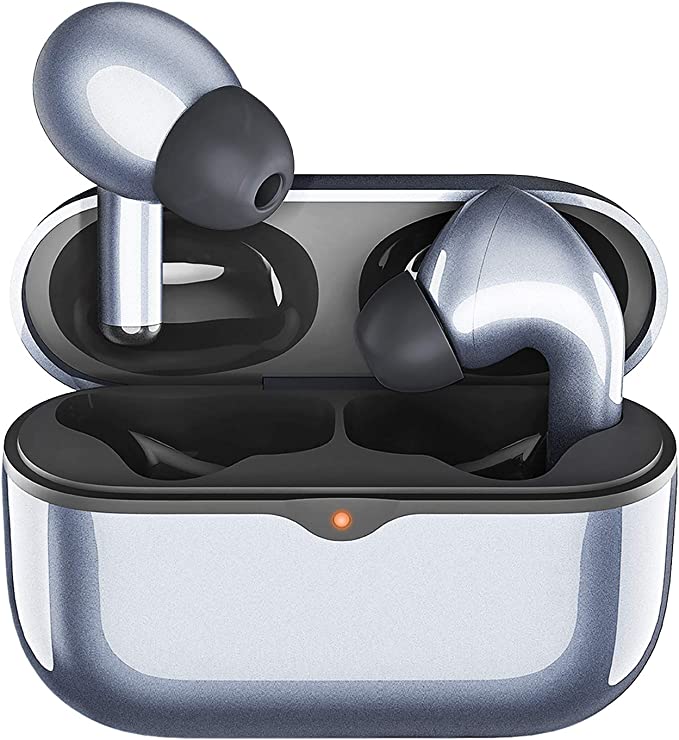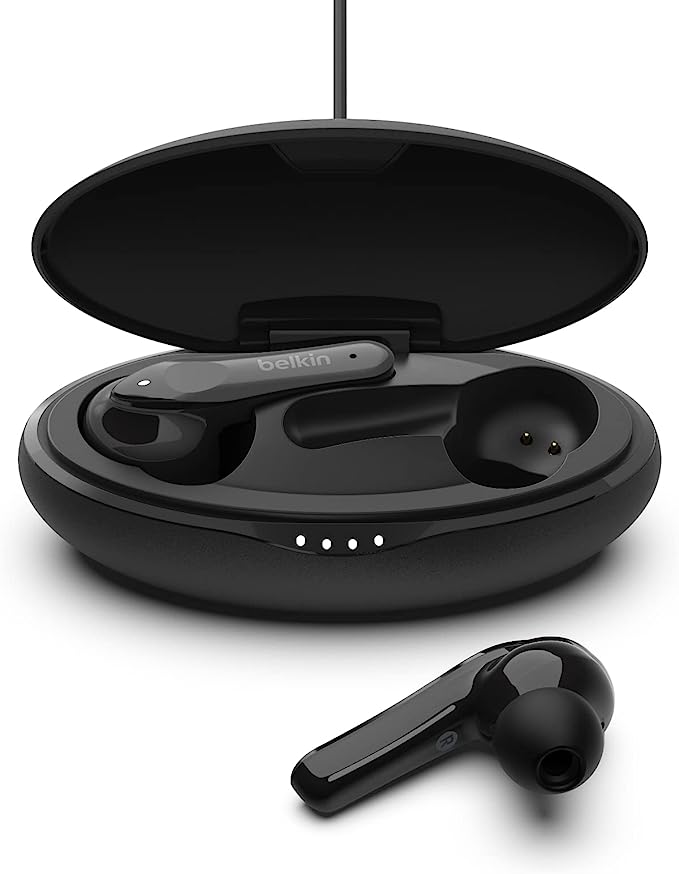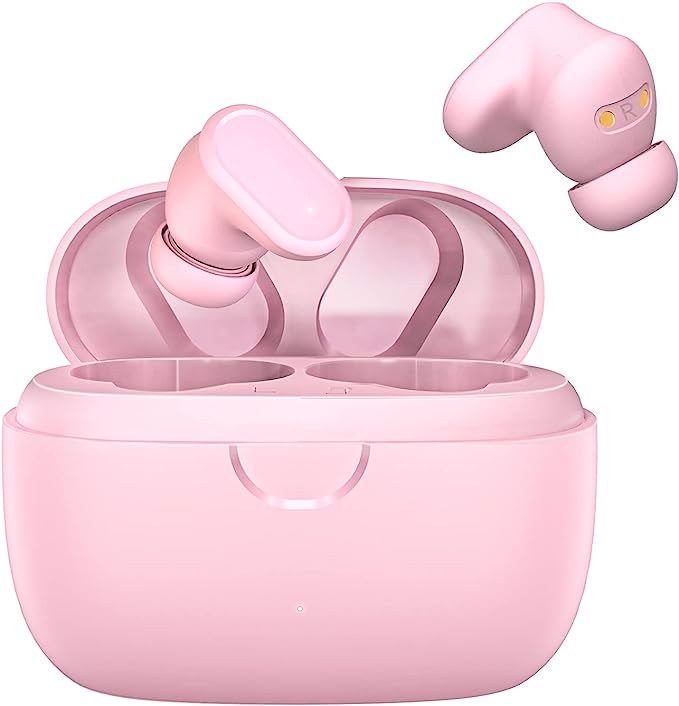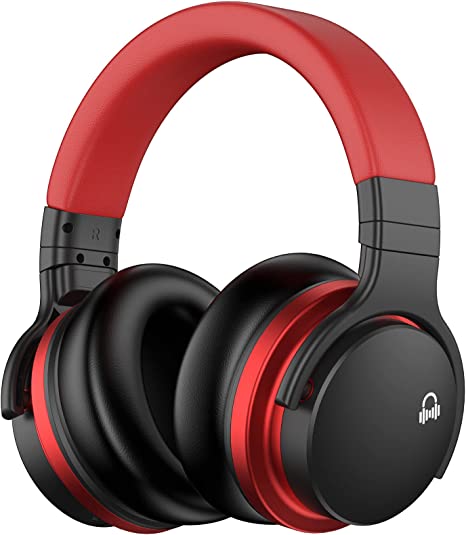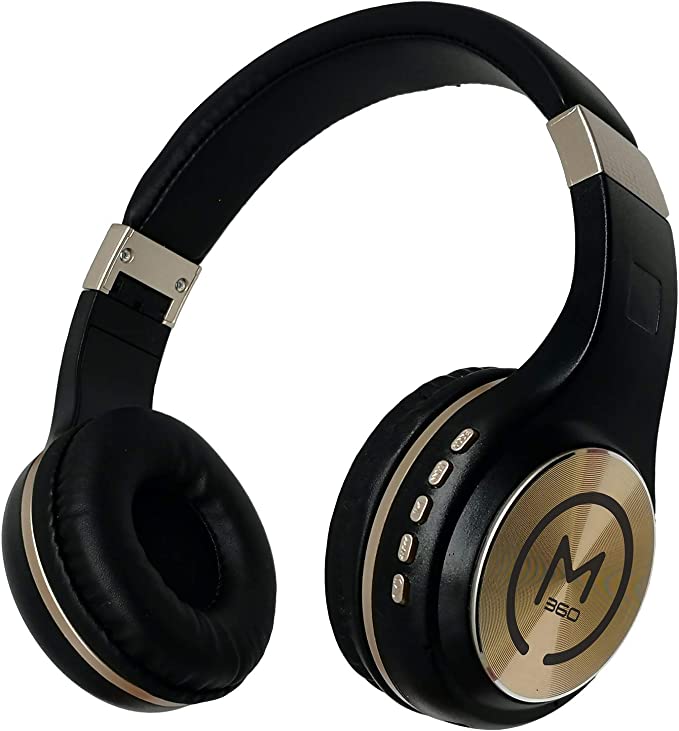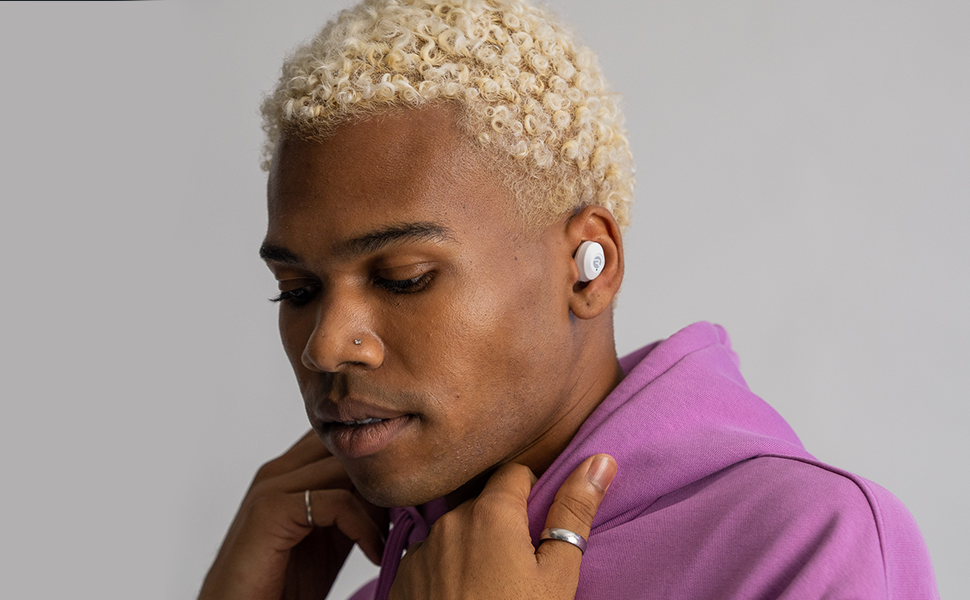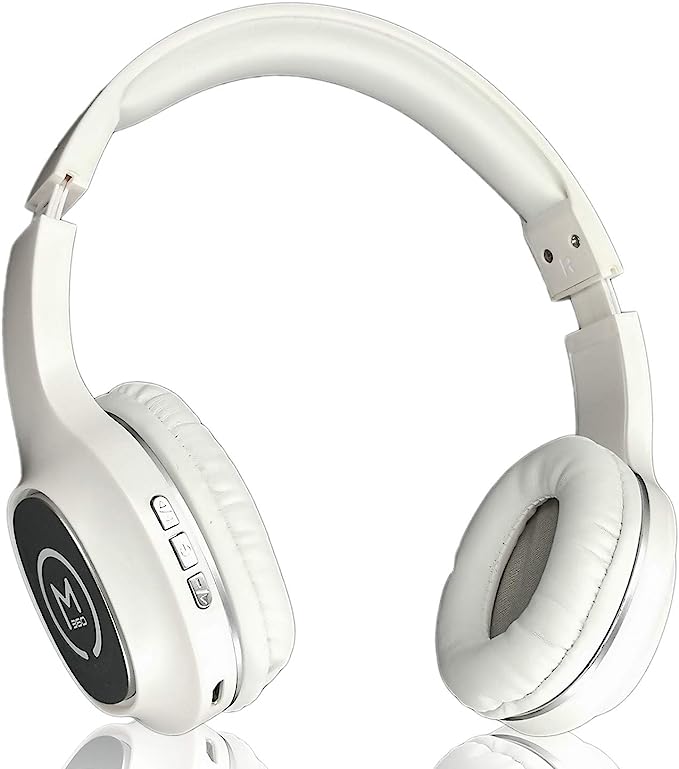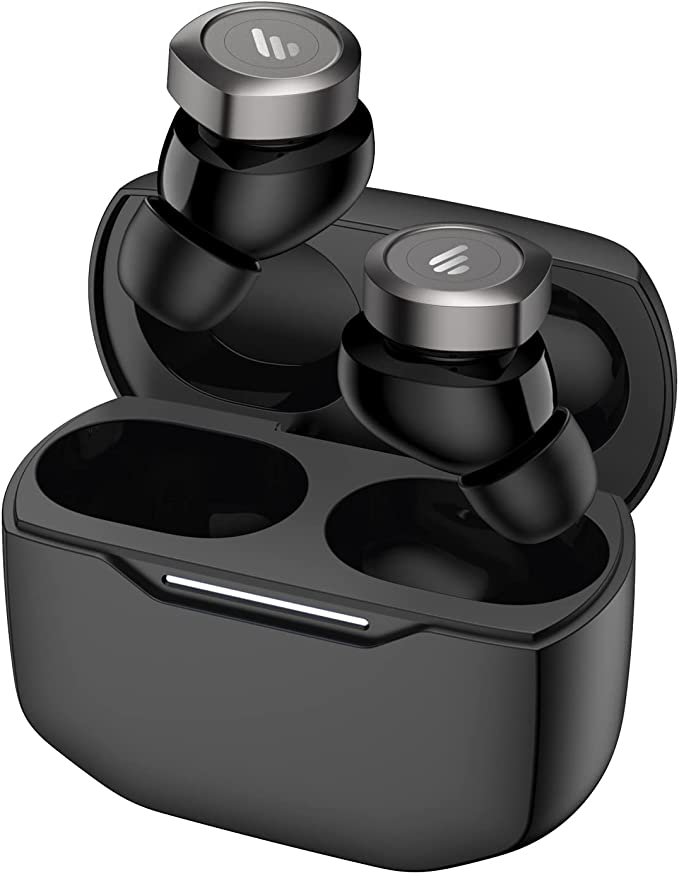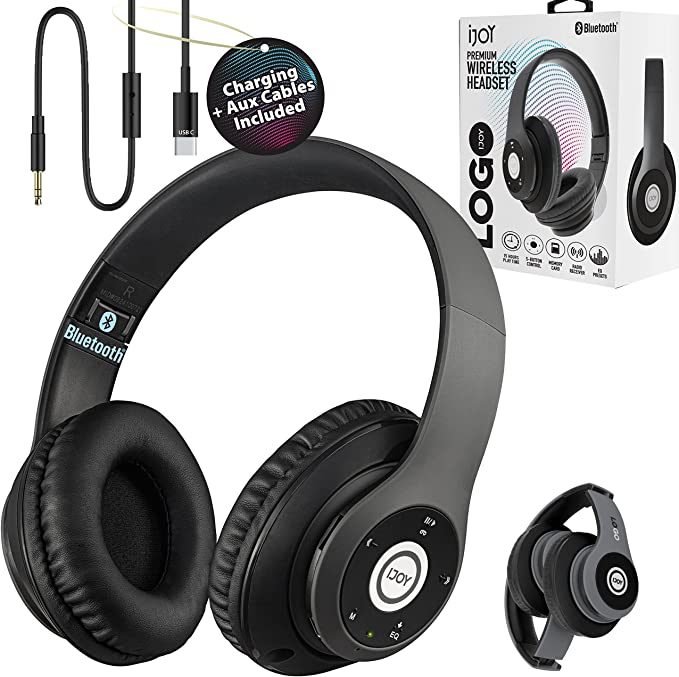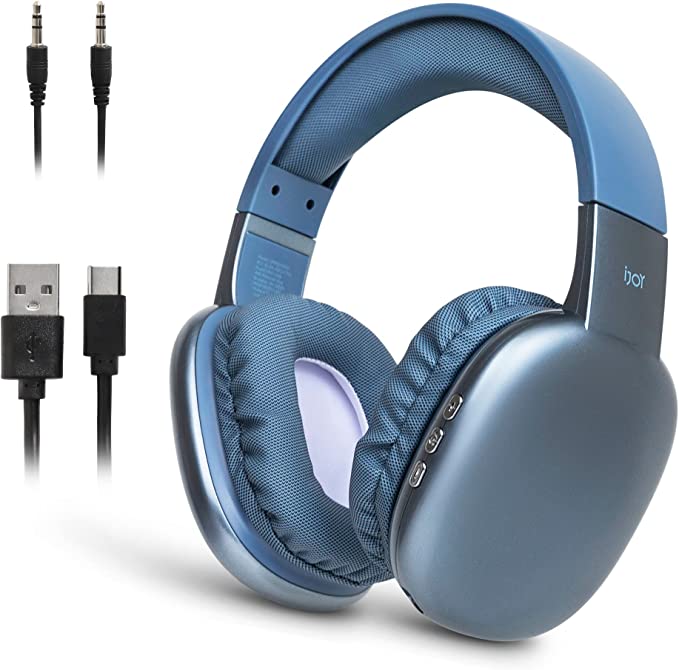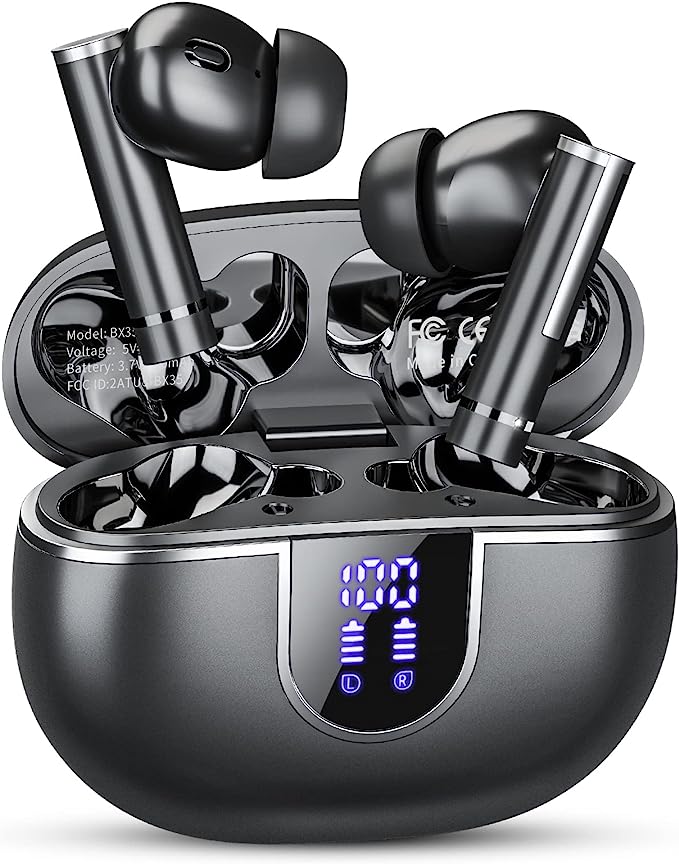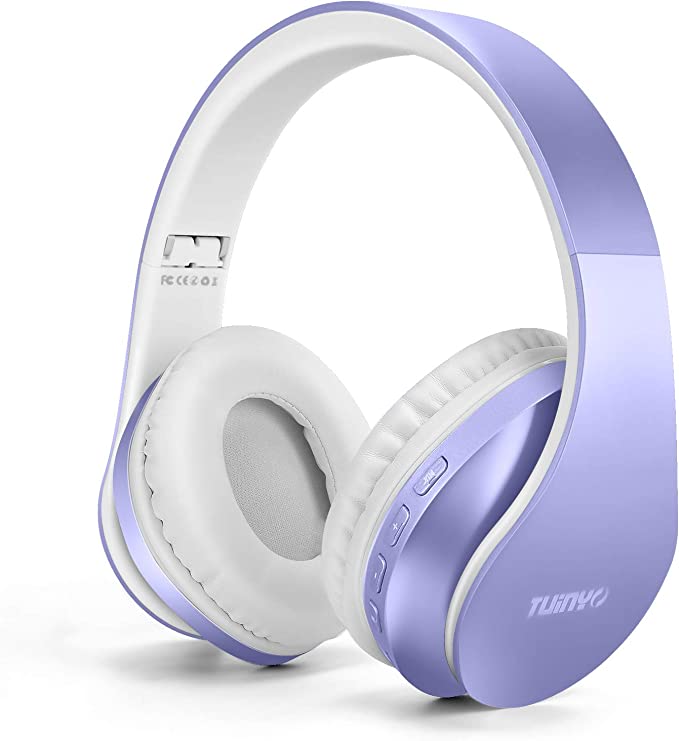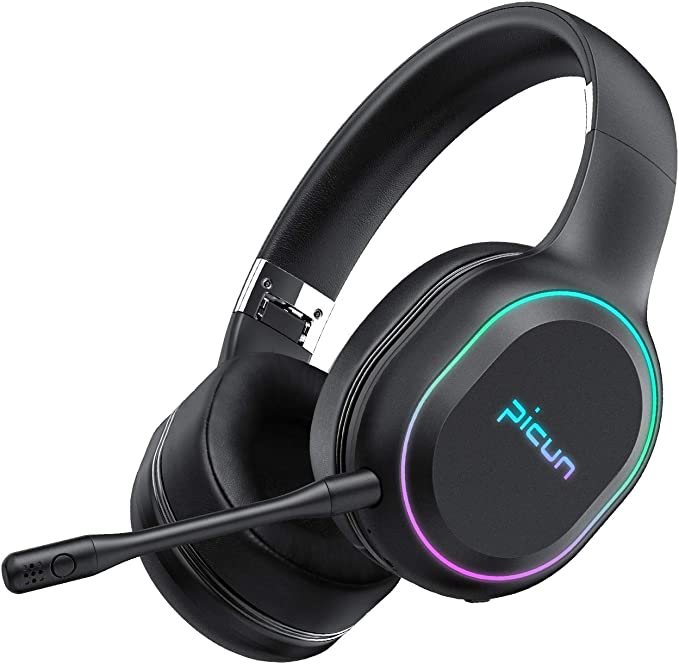How Earbuds Work: The Hidden Science in the Belkin SOUNDFORM Move Plus
Update on July 1, 2025, 1:14 p.m.
Have you ever stopped to consider the small miracle you carry in your pocket? With a simple tap, a universe of music, podcasts, and conversation materializes from thin air, piped directly into your ears. It feels like magic. But when a device like the Belkin SOUNDFORM Move Plus offers this magic for the price of a few pizzas, it begs the question: what’s the secret?
The answer isn’t magic at all. It’s a story of brilliant, accessible science and clever engineering. To truly understand it, let’s not think of these as mere earbuds. Instead, imagine we are building a personal, portable concert hall, from the ground up.

The Foundation: A Stable Connection to the World
Every great venue needs a reliable connection to the outside world. For our pocket-sized concert hall, that connection is Bluetooth 5.0. Think of it as a modern, multi-lane superhighway for your audio data. Older Bluetooth versions were more like winding country roads—slower, less stable, and prone to congestion. The Bluetooth 5.0 standard provides a wider, more robust pathway, allowing for a steady stream of high-quality audio to travel up to 30 feet (10 meters) from your device with fewer dropouts.
This technology, named rather whimsically after the 10th-century Viking king Harald “Bluetooth” Gormsson who united a fractured Denmark, does the same for our devices—it unites them with a stable, efficient link. This efficiency is key, as it sips power gently, which is crucial for the marathon performance we expect from such tiny devices.

The Main Stage: Where Sound Is Born
Inside the shell of each earbud sits the heart of our concert hall: the driver. This tiny component is the orchestra on our main stage. It’s a miniature marvel, containing a diaphragm, a voice coil, and a magnet. When the electrical signal from your music arrives via that Bluetooth highway, it energizes the coil, creating a magnetic field that rapidly moves the diaphragm back and forth. This vibration is much like the skin of a drum being struck; it pushes and pulls the air, creating the precise sound waves that will soon become the music you hear. The quality of this tiny engine is fundamental to everything that follows.
Acoustic Architecture: The Unsung Hero of Great Sound
Now for the most critical, yet often overlooked, aspect of our design: the concert hall’s architecture. This isn’t about the plastic shell, but about the seal it creates in your ear. The SOUNDFORM Move Plus comes with three sizes of silicone ear tips, and finding the right fit is the equivalent of building perfect walls and doors for our venue.
This creates a phenomenon defined by physics as acoustic isolation. The soft, pliable silicone physically blocks a significant amount of external, high-frequency noise from ever reaching your eardrum. It’s like soundproofing the room by shutting a heavy door on a noisy street.
But the real magic happens once the door is shut. The seal creates a small, contained space within your ear canal. In this space, the sound waves generated by the driver have nowhere to escape, creating a slight pressurization. This effect dramatically amplifies the perception of low-frequency sounds—the bass and kick drums feel fuller, richer, and more present. It’s the acoustic difference between hearing a cello in an open field versus hearing it within the warm, resonant wood of a recital hall.
This is also where a fascinating field called psychoacoustics comes into play. Hearing isn’t just a mechanical process; it’s an interpretive one. When your brain receives a cleaner signal with less outside interference and a more robust bass foundation, it perceives the overall sound as higher quality, clearer, and more immersive. That perfect seal is the unsung hero, doing most of the heavy lifting to make your music shine.

The Power Plant: Engineering All-Day Endurance
A concert hall that’s only open for an hour is of little use. It needs a reliable power plant. The endurance of these earbuds is a masterclass in energy management, powered by modern Lithium-Ion (Li-ion) batteries. These batteries are engineering marvels, packing a tremendous amount of energy into an incredibly small and lightweight form.
The system is twofold. The earbuds themselves hold enough charge for about 5 hours of continuous performance—enough to power the main stage lights for a good while. The charging case, however, is the mobile power plant. It holds a larger battery with an additional 19 hours of energy. When you place the earbuds inside, you’re not just storing them; you’re refueling them from the case’s reserves. This elegant, two-part system is how engineers deliver that “all-day” 24-hour battery life without making the earbuds themselves heavy or uncomfortable.
Weatherproofing the Venue: The Real Meaning of IPX5
Any good structure must withstand the elements. The SOUNDFORM Move Plus has an official IPX5 rating, which is its certified resilience against the environment. This code, defined by the International Electrotechnical Commission (IEC), is simple to decode:
- IP stands for Ingress Protection.
- The X means it hasn’t been rated for protection against solids like fine dust or sand.
- The 5 is the crucial part: it certifies protection against low-pressure water streams from any angle.
In the real world, this means a sweaty gym session, a jog in a persistent drizzle, or an accidental splash from a water bottle are no cause for alarm. The internal electronics are shielded. However, it’s not a submarine; the rating does not cover submersion, so a dip in the pool is out of the question.

The Public Address System: A Note on Smart Compromises
Finally, every venue has a public address system for making announcements—the built-in microphone. Based on user feedback, the call quality on these earbuds is functional but not exceptional. This is perhaps the most telling aspect of their design philosophy.
When building our concert hall on a specific budget, choices must be made. The engineers behind the Move Plus clearly prioritized the budget for the “main stage acoustics”—the drivers and the design that supports excellent music playback. Less of the budget was allocated to the “PA system”—the complex multi-microphone arrays and processing chips needed for crystal-clear voice calls in noisy environments. This isn’t a flaw; it’s a deliberate, intelligent compromise. It’s the choice to install a world-class sound system in the main hall, even if it means the lobby announcements are just standard.
The Artistry of Accessible Science
As we step back and look at the pocket-sized concert hall we’ve built, it becomes clear that its quality comes not from exotic, costly materials, but from a deep understanding and masterful application of fundamental science. It’s a testament to the fact that great engineering isn’t always about reinventing the wheel, but about making a truly excellent wheel that everyone can afford. The satisfying sound, the reliable connection, and the enduring battery aren’t magic—they are the beautiful, tangible results of science made accessible.
